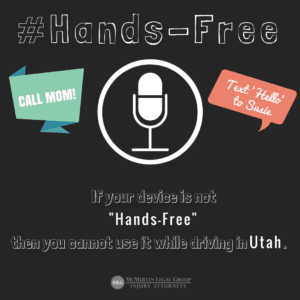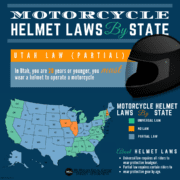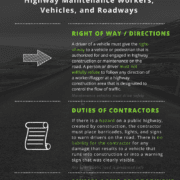UTAH PROPOSED LAWS: WHERE CAN PEDESTRIANS WALK?
UTAH PROPOSED LAWS: WHERE CAN PEDESTRIANS WALK?
This article discusses the laws concerning where Utah pedestrians can legally walk according to state law.
Right of Way
The right of way in Utah is that any motor vehicle has the right of way on public roads until:
- Utah pedestrians are using the same half of the road while on a crosswalk, or
- Utah pedestrians are on the other half of the road while on a crosswalk but is close enough to the driver’s side of the road as to be in danger.
If anyone (1) of the above conditions apply to any given situation, the motor vehicle driver must yield to the pedestrians right of way.
Sidewalks
Utah pedestrians are allowed to walk and run on or near certain roads in Utah. The following conditions apply to pedestrians walking on a sidewalk:
- A pedestrian must walk/run on a sidewalk if it is available, or
- A pedestrian must walk/run on the farthest part of the road if a sidewalk is not available.
Utah pedestrians are encouraged to walk/run on the left side of the road as to be more visible to vehicles, and so that the pedestrian can see vehicles better.
Crosswalks
Pedestrians are required to cross roads within a crosswalk, marked or unmarked. Between adjacent intersections at which traffic-control signals are in operation, a pedestrian may not cross at any place except within a marked crosswalk. The pedestrian must cross within available and operating crosswalks. A pedestrian must not cross an intersection diagonally unless otherwise told by a traffic-code device.
Conclusion
Contact McMullin Injury Law in St. George, UT for answers to any further questions that you may have about pedestrian laws in the state of Utah. Make sure to visit our article page for informationon a variety of legal topics.










